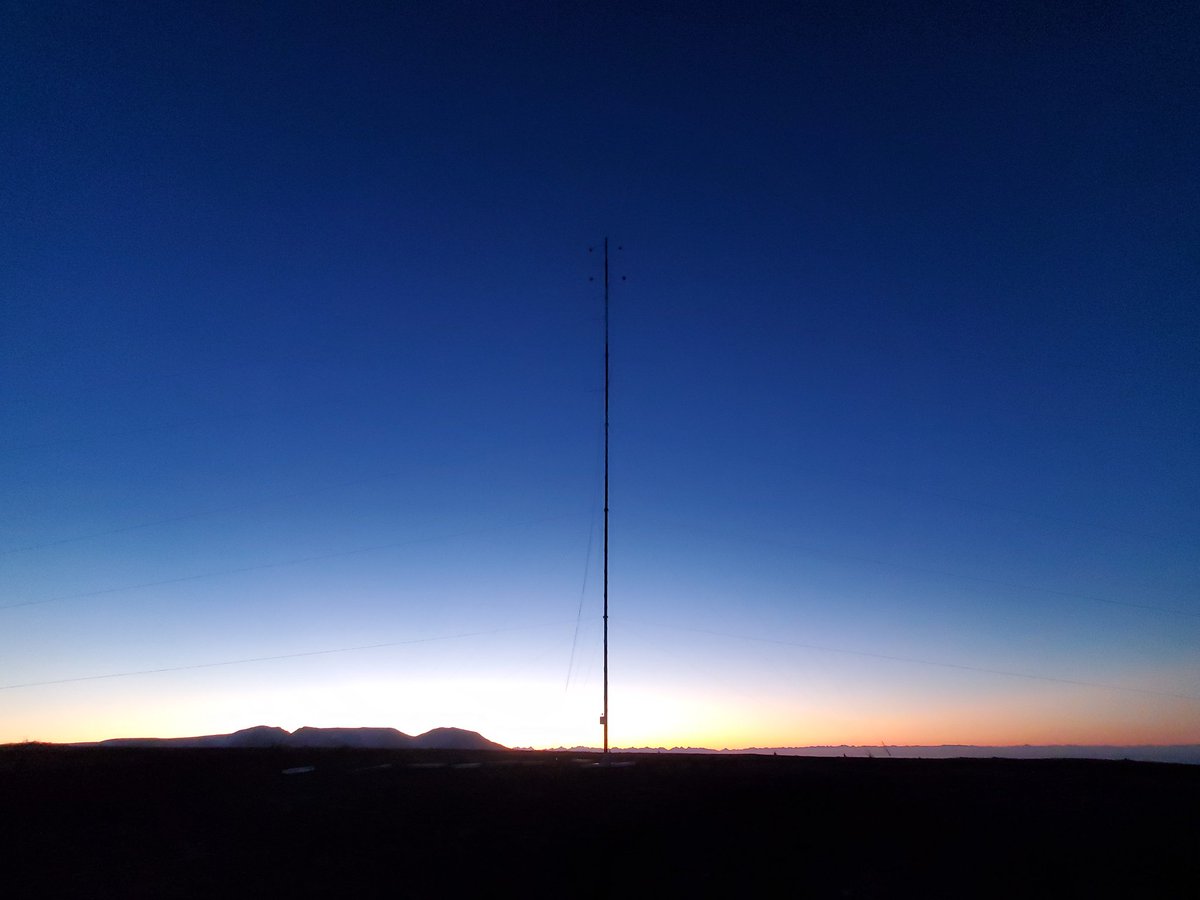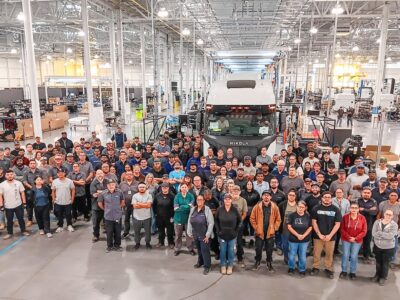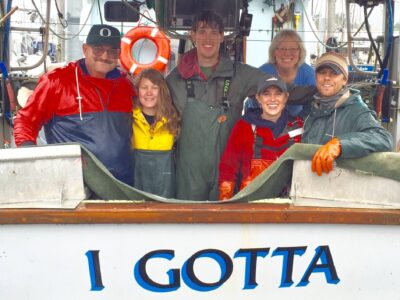Fairbanks-based Alaska Renewables was founded in 2021 by Andrew McDonnell, a former University of Alaska Fairbanks professor and oceanographer, and Matt Perkins, the chief marketing officer of air conditioning startup, 7AC, until Emerson acquired it. Alaska Renewables’ clean energy projects can be relied on as a reliable and cost-effective energy source that creates jobs and improves the grid’s resiliency. When the company launched, it announced its intention to construct wind farms far more efficient and powerful than the state’s last significant wind developments, the Eva Creek Wind Farm and the Fire Island Wind Project, which were built in 2012.
Thus far, the company has advanced two such projects, both in their first development phase. Shovel Creek Wind near Murphy Dome will consist of up to 55 wind turbines generating up to 210 MW of power, with eight times more capacity than that generated by the 12 turbines at the previous biggest project, the Eva Creek Wind Farm. Meanwhile, Little Mount Susitna Wind, across Cook Inlet from Anchorage, will consist of up to 64 turbines generating up to 280 MW of power. Alaska Renewables selected the project sites based on wind studies conducted by the University of Alaska Fairbanks and others.
These projects alone could cover one-fifth of the energy needs along the Alaska Railbelt between Homer and Fairbanks, according to Chris Rose, founder and executive director of the Renewable Energy Alaska Project. They would also cut 12% of the demand for natural gas along the Railbelt. Ultimately, the company aims to bring 10 GW of clean power online in the region by 2033.
Video Courtesy Susitna River Coalition
The company proclaims proudly on its website that it intends to serve its community: “Community is the foundation upon which successful renewable energy projects are built, and we pride ourselves on taking a collaborative approach that addresses community concerns while bringing environmentally responsible and locally sensible projects to fruition.”
The company supports its community by bringing such projects to the state. For example, the Golden Valley Electric Association primarily uses diesel fuel and coal, with wind accounting for 5% of its power. Spokesperson Meadow Bailey noted, “We need to reduce our carbon footprint because our commercial customers want to reduce their carbon” dependence. The Shovel Creek Wind project alone would meet one-third of the utility’s power needs via a power purchase agreement, with enough energy for 46,000 residences. Purchase power agreements may also be executed with other utilities, including the Chugach Electric Association.
The projects have continued to advance since they were first introduced. In 2023, McDonnell and Perkins gathered community feedback. Last year, the Alaska Department of Natural Resources proposed moving forward with the Shovel Creek Wind Project. Boston-based Longroad Energy purchased the projects, with Alaska Renewables continuing to serve as the development partner. The most recent update is that the Shovel Creek project could generate power by 2028, with the Mount Susitna project trailing not far behind in 2029.

Photo Courtesy Jessica Kelley
Alaska Renewables has shown no signs of slowing down and is conducting studies and gathering data, which Perkins explained “will give us a complete package to finalize the financing, design, construction and technology procurement that’s needed to do one of these projects.” An engineering analysis of connecting the projects to the grid is next on the agenda.
Chad Allen, director of development for Longroad Energy, discussed the reasoning behind the advancement: “It’s simply too soon to know the impact that any of this will have on our industry. If development stopped with every uncertainty, nothing would ever get built in this country. “We’re certainly cautious. But there’s still a lot of work that can be done right now that is not subject to those orders.”
Continuing its work just makes sense, with the domestic and international renewable transition underway. Perkins previously said, “The investment communities of the world are desperate to make clean energy happen. People realize it’s an investment in the future.” He recently added, “I think Alaska has been an all-of-the-above infrastructure state for a long time. The governor has solar on his property and people put up wind turbines and use batteries off-grid. We need power and we need heat and we use the technologies that have been developed.”





